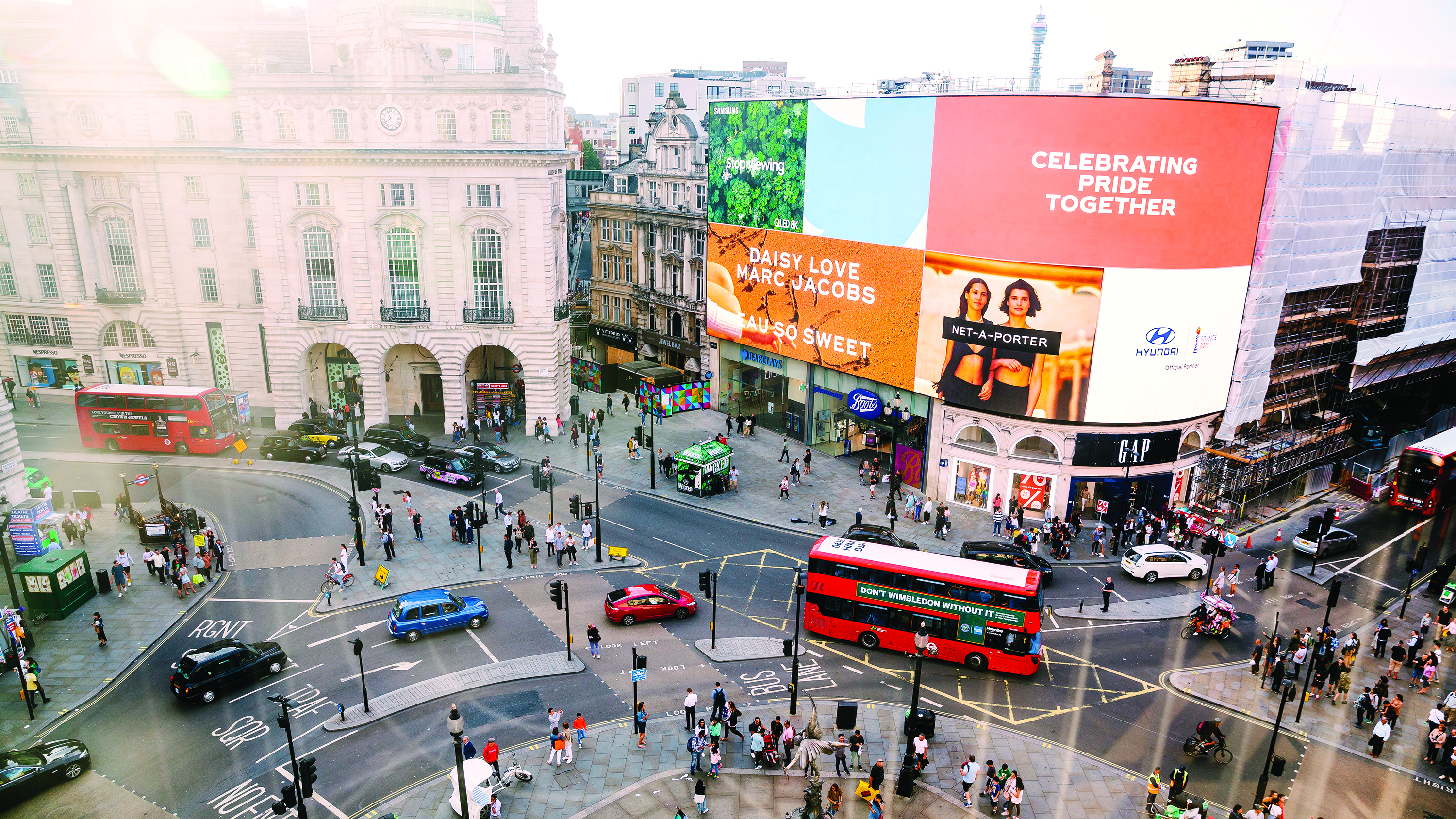In today’s digital world, information has never been more accessible online, whether on web sites or in social media feeds. Customers expect the same quantity of information to be available to them when they’re in physical public places, whether they’re attending an event or shopping for a new pair of jeans. Not only do customers want the same quantity of information, they want the same quality—that is, they expect that the information presented to them during in-person experiences will be just as interactive and engaging as when they’re online.
Digital signage, once a basic tool used by businesses to share static updates, has evolved to offer more complex content and real-time updates in any type of environment or in any form, from a video wall to a 4K touchscreen. Businesses can benefit from the integration of digital signage solutions to help them elevate the customer experience and build loyalty, while at the same time increasing operational efficiencies and generating additional revenue from advertising and upselling opportunities.
[ How Outdoor AV Can Help Move the Hospitality Industry Forward ]
Here’s how digital signage can advance different types of customer interactions and business scenarios.

For the quick-service restaurant: When entering a drive-thru, customers immediately look for information that’s easy to read and helps them decide what they’d like to eat. By integrating displays with crisp visuals that can be read even in direct sunlight, the restaurant can clearly present information about its dishes, including ingredients and nutritional facts, and assist the customer’s decision-making process. It’s also important to invest in software that helps to manage and update menu items in real time, accommodating seasonal specials or daily deals, which creates an opportunity to upsell and increase order sizes.
For the hotel or hospitality venue: During check-in, guests expect the lobby and public areas in the hotel to provide guidance about where to go for a smooth start to their stay, whether for work or vacation. Digital signage can be leveraged throughout the venue to assist with check-in (showing which counter is available, for example), while signage in hallways and meeting spaces can be used as wayfinding devices to help guests locate their room or meet up with colleagues. Digital signage can alert guests in real time in the event of an emergency, leading them to safety, or during construction, informing them that they need to find a different rendezvous location.
[ Integrating for the Hospitality Experience ]
For the museum: As guests wander through exhibits and galleries at a museum, they benefit from easily visible digital signage mounted on walls or ceilings that provides additional information about the artwork. Video tutorials or interviews about the creation of the art piece, for instance, or visual assets that show the historical context of the exhibit will enhance the experience and help to transport the guest into the stories behind each exhibit.
For the retail store: Retail can use digital signage to invite the customer into the design process and customize a product, whether it’s a new paint color for a living room or a custom shirt. Data collected about how the customer interacted with the content helps businesses understand their interests and needs, and ultimately improve store offerings to enhance future customer interactions.
There are many different applications of digital signage for public spaces in various markets, though all businesses can benefit from using this technology. By investing in these solutions, businesses can create a more informative and interactive experience that keeps customers coming back for more.
Click here to read more stories from the October 2021 issue of SCN.
Related Stories
Outdoor Digital Signage Makes Social Distancing Entertaining • Whether for company events or public gatherings, creative thinking has been key, and digital signage plays a key role.
Modernization Brings Changes to Drive-Thrus • Digital signage innovations—like digital menu boards—are helping quick-serve restaurants operate in a way that is more efficient and user-friendly.
Technology Trends in Kiosk Design • In an ever-evolving consumer landscape, kiosks are helping to ensure efficiency, security, and even safety during the ongoing pandemic.
How Display Solutions Can Help the Hospitality Market Recover and Thrive • New technologies and connected TV platforms make visual communication an essential part of health safety for hotels and restaurants.
